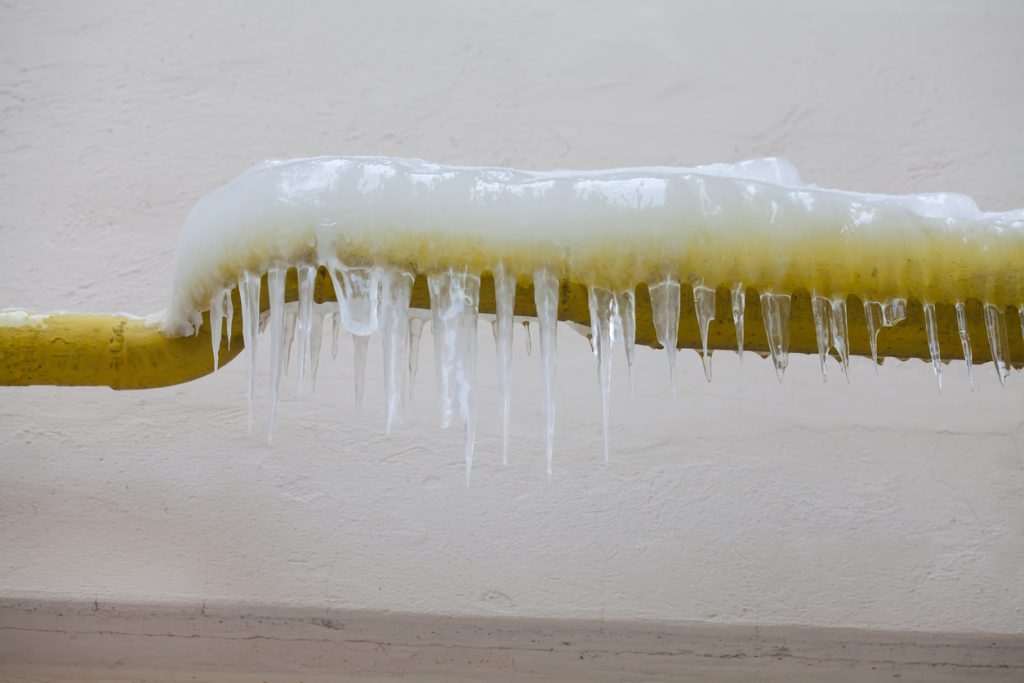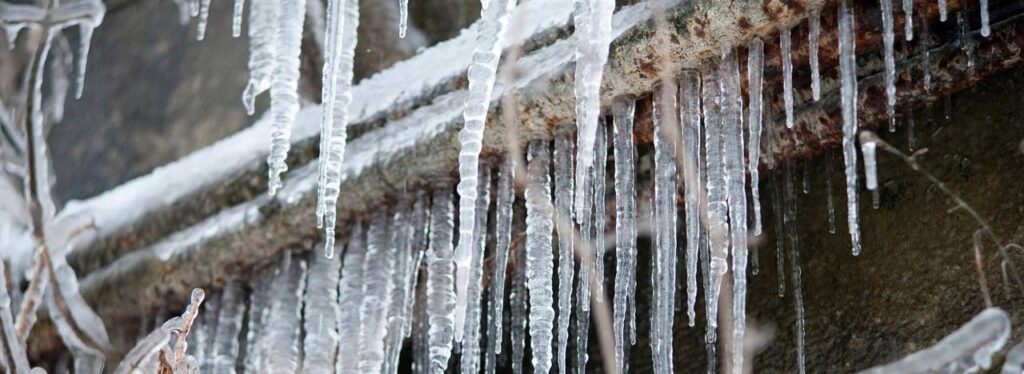Protecting Against Frozen Plumbing: Best Strategies for Cold Weather
Protecting Against Frozen Plumbing: Best Strategies for Cold Weather
Blog Article
Just about everyone has got his or her own theory involving How to Prevent Your Pipes From Freezing.

Winter can ruin your plumbing, specifically by freezing pipes. Here's how to prevent it from happening and what to do if it does.
Introduction
As temperatures decrease, the threat of icy pipelines rises, possibly resulting in pricey repairs and water damage. Comprehending just how to avoid icy pipelines is important for house owners in cool climates.
Recognizing Frozen Pipes
What creates pipes to freeze?
Pipelines freeze when exposed to temperatures below 32 ° F (0 ° C) for prolonged periods. As water inside the pipelines ices up, it increases, putting pressure on the pipeline walls and potentially creating them to break.
Risks and problems
Frozen pipes can bring about water system disruptions, building damages, and pricey repair work. Ruptured pipes can flood homes and create comprehensive architectural damages.
Indicators of Frozen Pipeline
Recognizing icy pipelines early can stop them from breaking.
Just how to identify icy pipelines
Try to find reduced water flow from taps, unusual smells or noises from pipes, and visible frost on subjected pipelines.
Avoidance Tips
Shielding prone pipelines
Wrap pipes in insulation sleeves or use heat tape to protect them from freezing temperatures. Concentrate on pipelines in unheated or outside locations of the home.
Heating strategies
Maintain interior spaces sufficiently heated up, especially locations with plumbing. Open cupboard doors to allow warm air to circulate around pipes under sinks.
Shielding Exterior Plumbing
Yard hose pipes and exterior faucets
Detach and drain pipes yard tubes prior to winter months. Mount frost-proof spigots or cover outdoor taps with shielded caps.
What to Do If Your Pipelines Freeze
Immediate actions to take
If you think icy pipelines, keep faucets open to alleviate pressure as the ice melts. Make use of a hairdryer or towels taken in hot water to thaw pipes gradually.
Long-Term Solutions
Structural modifications
Think about rerouting pipelines far from exterior walls or unheated areas. Include additional insulation to attic rooms, cellars, and crawl spaces.
Updating insulation
Buy premium insulation for pipes, attic rooms, and wall surfaces. Proper insulation aids keep constant temperature levels and decreases the threat of icy pipelines.
Final thought
Protecting against frozen pipelines calls for proactive procedures and fast responses. By recognizing the reasons, indicators, and safety nets, home owners can secure their plumbing during cold weather.
5 Ways to Prevent Frozen Pipes
Drain Outdoor Faucets and Disconnect Hoses
First, close the shut-off valve that controls the flow of water in the pipe to your outdoor faucet. Then, head outside to disconnect and drain your hose and open the outdoor faucet to allow the water to completely drain out of the line. Turn off the faucet when done. Finally, head back to the shut-off valve and drain the remaining water inside the pipe into a bucket or container. Additionally, if you have a home irrigation system, you should consider hiring an expert to clear the system of water each year.
Insulate Pipes
One of the best and most cost-effective methods for preventing frozen water pipes is to wrap your pipes with insulation. This is especially important for areas in your home that aren’t exposed to heat, such as an attic. We suggest using foam sleeves, which can typically be found at your local hardware store.
Keep Heat Running at 65
Your pipes are located inside your walls, and the temperature there is much colder than the rest of the house. To prevent your pipes from freezing, The Insurance Information Institute suggests that you keep your home heated to at least 65 degrees, even when traveling. You may want to invest in smart devices that can keep an eye on the temperature in your home while you’re away.
Leave Water Dripping
Moving water — even a small trickle — can prevent ice from forming inside your pipes. When freezing temps are imminent, start a drip of water from all faucets that serve exposed pipes. Leaving a few faucets running will also help relieve pressure inside the pipes and help prevent a rupture if the water inside freezes.
Open Cupboard Doors
Warm your kitchen and bathroom pipes by opening cupboards and vanities. You should also leave your interior doors ajar to help warm air circulate evenly throughout your home.

Do you enjoy more info about Winter Plumbing Precautions: Preventing Frozen Pipes? Post a comment down the page. We would be pleased to listen to your suggestions about this piece. We are looking forward to see you back again before long. Do you know anybody else who is inquisitive about the topic? Feel free to promote it. Thanks a bunch for being here. Revisit us soon.
Free Estimates Report this page